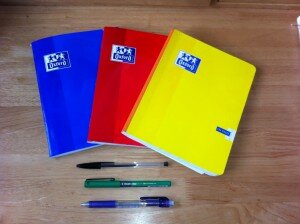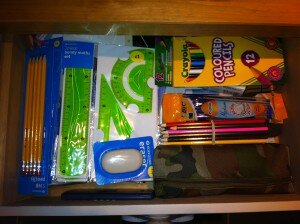A seemingly happy family play cricket on the beach but very quickly things become sinister. The father shouts loudly and menacingly at his son and on the return home takes his son upstairs and beats him with a cricket bat. The physical abuse takes place off-camera but the screaming is heard as the mother cries ineffectually downstairs. There is a further abuse scene and a glimpse of the boys bruised and shattered back.
‘It’s what my father taught me’ says the father, ‘the stump for disobedience, the bat for insolence’.
The same boy is attacked in the street by a bully, with bruises on his arms.
‘Did your dad do that?’ the bully is asked.
‘It’s passed on,’ says another child.
‘I’m never having kids then,’ says the boy.
Whenever the boy is in difficulty an imaginary friend appears to support him. At the end it is revealed that she the ghost of a child who was killed by her parent, one of fifty children murdered by a parent every year in the UK.
By way of some resolution, the mother finally gets the courage to report the abuse to a teacher and social services and the police get involved. The voice-over tells us that the police will ‘think about prosecuting him’ but he will be offered counselling and this may help him to escape prosecution.
This short film is called ‘Beyond the Boundary’ and was made by the BBC and shown to my son as part of a Year 8 PHSE lesson, which was given by a cover teacher. He is twelve and before being taken into care was physically abused; abuse which has left him with deep and long-lasting trauma.
When he came home on the day of the lesson I immediately knew that something was wrong. His eyes flicked around the kitchen, he paced like a caged animal and kept picking up objects and putting them down. Then he said with dramatic force ‘the bat for insolence’ before picking up a serrated knife ‘no this would be better, because this would cut as well as bruise.’ I managed to calm him enough to cook with me, an activity which usually gives him some peace. He told me about the film, as it turns out, almost word for word. As he talked, every cooking utensil we used was assessed for the pain it could cause.
The remainder of the evening was very difficult. His distress turned to anger and we narrowly avoided a complete loss of control. He talked about never being able to have children because if he did he would hurt them. The following evening was much the same and even yesterday, three days after seeing it he said ‘I still don’t feel like myself’. He seems listless and sad.
His reactions will be recognisable to many who work with or parent traumatised children. The film projected him straight back into a place of deep, crippling fear, helplessness and physical pain. The feelings are real and overwhelming and as they were not experienced in a place that feels safe (school) they were bottled and discharged somewhere he does feel safe (home).
Jamie’s school have mostly been supportive and understanding of his needs and have gone the extra mile. However this one lesson was a small disaster, for Jamie at least, and who knows for how many other children effected by abuse who may or may not have parents who can speak out for them. The school have been quick to apologise and have leant me the DVD. I watched it wondering how much of it Jamie had imagined. As it happened he was pretty much spot on, apart from the subtle message which was delivered at the end. Apparently the abused don’t necessarily have to go on to abuse, if they decide not to. Well before the time that simplistic message was cackhandedly delivered Jamie was perceiving the drama, not in the cognitive parts of his brain, but deep down where trauma is stored.
I don’t know what the intention of the film was. I don’t understand why it had to depict the abuse, why it was so woolly about the criminality of what was clear physical assault, why it didn’t inform children what to do if they are suffering abuse when aside from the abuser all the adults seemed flaky and ineffectual. It was crass, confused and badly scripted. In showing it to a class of thirty 12 and 13 year olds, two popular but damaging misconceptions were demonstrated; the first is that children ‘bounce back’ from abuse and can therefore take such material and the second is that abuse happens to those outside of our realm of experience. Neither are true.


